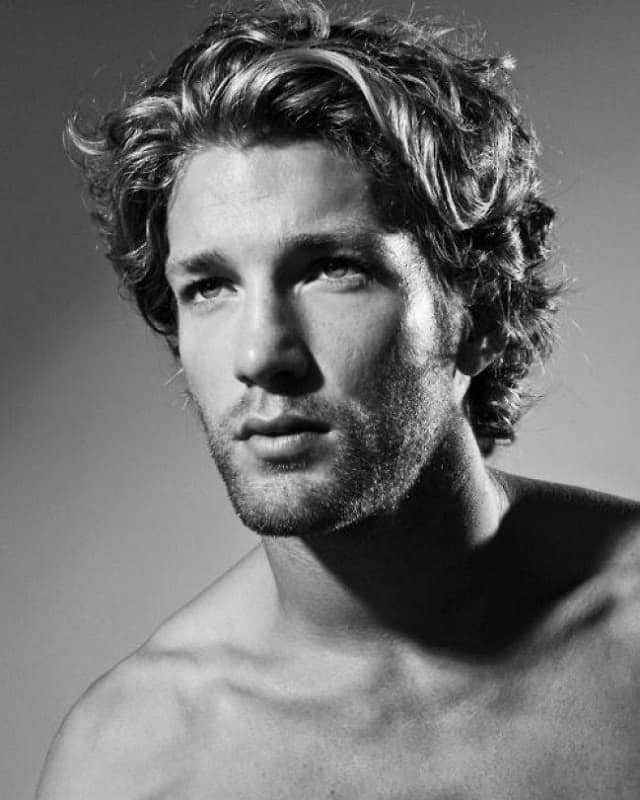

With improved ventilation and requirements for reformulated cosmetic, concentrations of toxic air pollutants in beauty salons could be reduced. The concentration of formaldehyde was affected by the number of hair styling and number of nail treatments. The concentration of xylene was affected by the number of hair styling. Concentrations of benzene and toluene were affected by the number of hair dying treatments. Ventilation with air purifier, and fan with open window were more effective than using just a fan. In addition, toluene, ethylbenzene, and xylene had negligible non-carcinogenic risks. Health risk assessment showed that benzene, formaldehyde and acetaldehyde represent a possible cancer risk in the beauty salons.
Indoor concentrations of each pollutant were significantly higher than its outdoor concentrations. Deterministic and stochastic health risk assessment of the compounds were performed. Several additional parameters were recorded during the sampling process including surface area, number of active employees, type of ventilation, type of ongoing treatments, temperature, humidity. Samples were collected from inside and outside air of 20 selected salons located in different areas of the city.

The objectives of this study were to measure the concentrations of benzene, toluene, ethylbenzene, xylene, formaldehyde, and acetaldehyde in 20 large beauty salons in Tehran and relate the observed concentrations to environmental and occupational characteristics of the salons. The use of cosmetic products in beauty salons emits numerous kinds of toxic air pollutants.


 0 kommentar(er)
0 kommentar(er)
